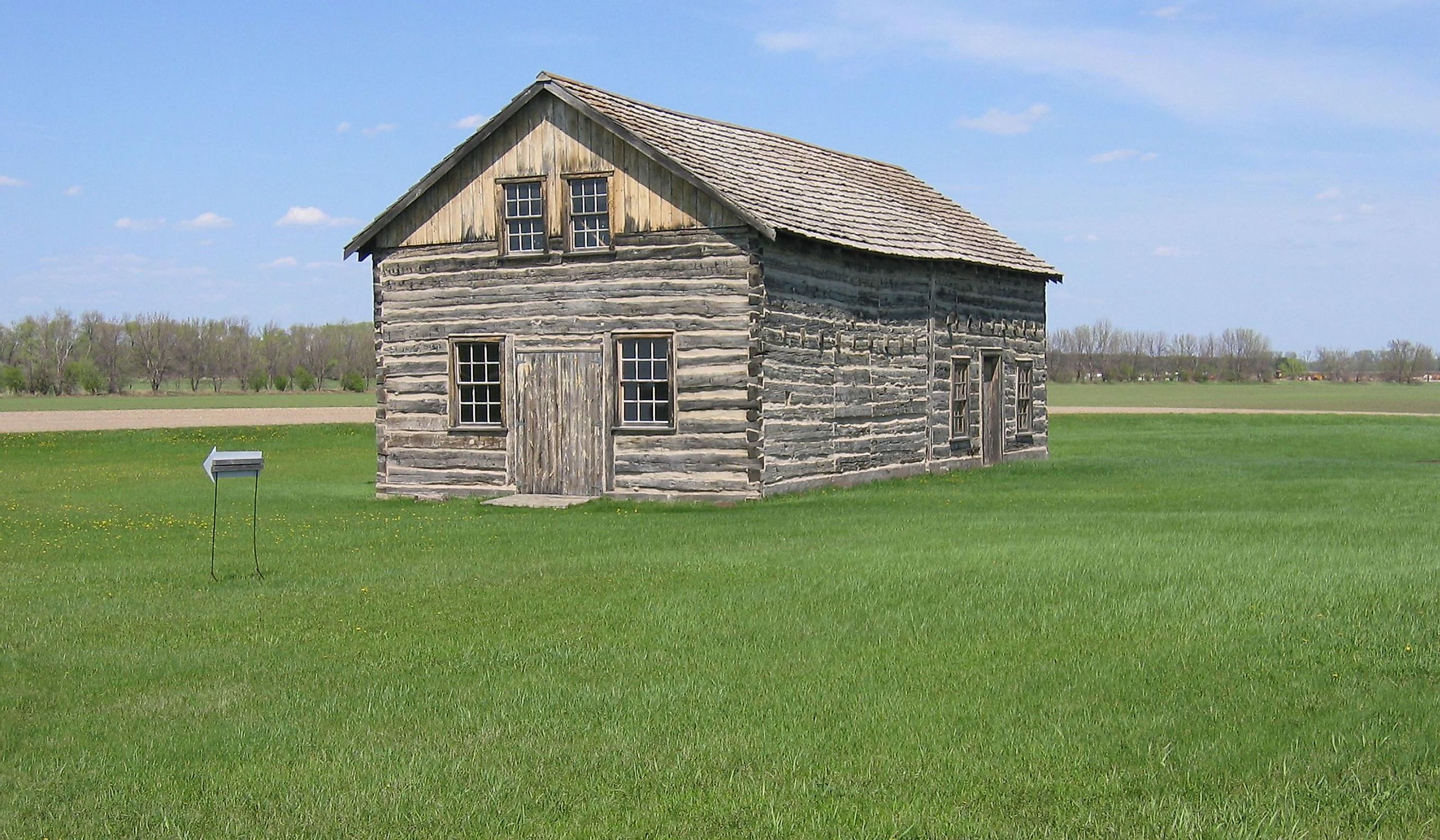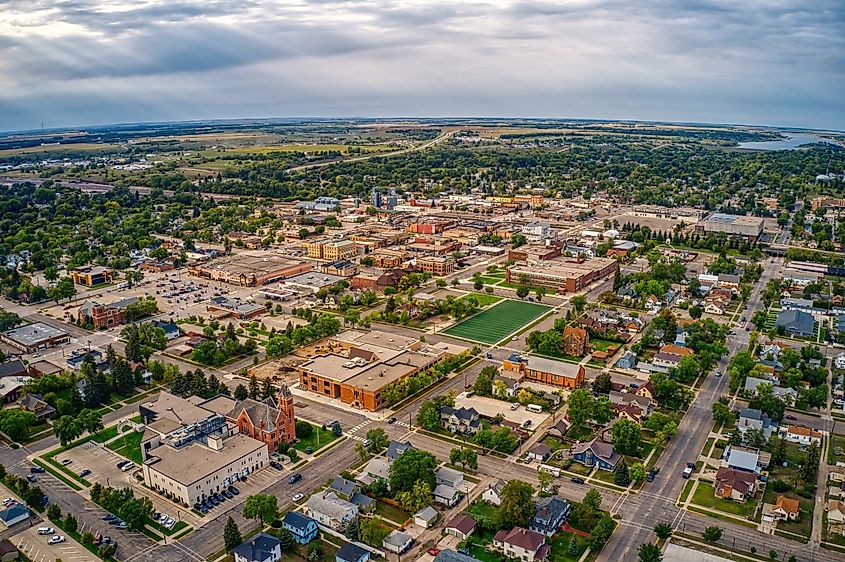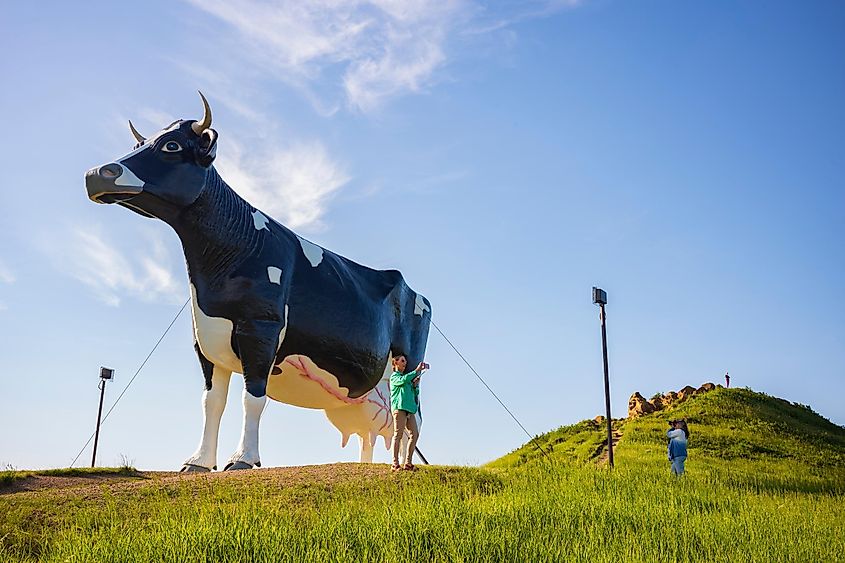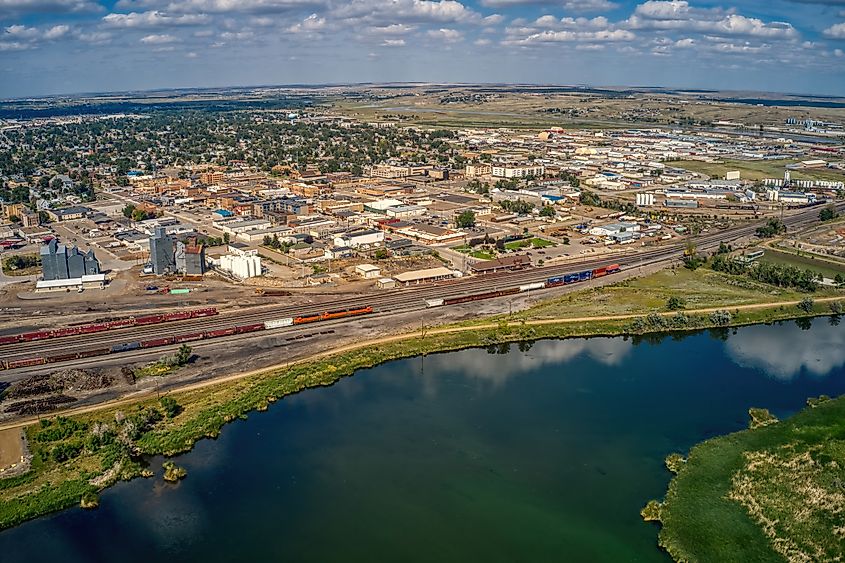
8 Towns in North Dakota With Rich History
With vast expanses of flat land and rolling hills, North Dakota is home to some of North America's richest farmland. In all directions, the state is full of towns worth taking a trip to.
Embarking on a journey through North Dakota's lesser-known towns reveals a rich history of America's upper midwest. Preserving its heritage and embracing the simplicity of small-town life, North Dakota invites travelers to explore the hidden gems that define the state. From historic fur trading posts to bridges, join us as we discover eight towns in North Dakota With Rich History.
Walhalla

Located along the Pembina River near the Canadian border, Walhalla is a hidden treasure, claiming the title of North Dakota's second-oldest town. The mystique of Walhalla lies in its historical roots, serving as the entry point for the first European settlers into the Rendezvous Region.
Founded by Germans, the town has a population of around 896 residents today, preserving its heritage through multiple significant landmarks.
Explore the state's oldest building, the 1843 Kittson Trading Post, within the Walhalla State Historic Site. Nearby Frost Fire Park and Ski Area offer thrilling ski runs. In the warmer months, paddle the Pembina River and hike through its surrounding parks.
Medora

Uniquely located beside the breathtaking Theodore Roosevelt National Park, Medora is a town surrounded by the beauty of the Badlands. The town, home to under 200 residents, offers an enviable location surrounded by the rugged landscapes and unique geological formations of the national park.
The Badlands of North Dakota, with its buttes and canyons, provide a stunning backdrop for outdoor enthusiasts and wildlife enthusiasts alike.
Explore the historic home built by the Marquis de Mores in 1883, serving as a hunting lodge and summer home. Medora is also home to the famous North Dakota Cowboy Hall of Fame, the Billings County Courthouse Museum, and the Maltese Cross Cabin, once the residence of Theodore Roosevelt in the late 1800s.
Pembina

Pembina, aptly known as the Gateway to the Rendezvous Region, exudes historical significance as the oldest European settlement in the state. Founded in 1797 by the North West Company, Pembina became a vital fur trading post.
Today, you can explore the remnants of this history at the Pembina State Museum, housing artifacts and exhibits that tell the town's past.
Stroll through the charming business district to partake in shopping and dining. For a natural retreat, venture to the Pembina Gorge State Recreation Area, where you can enjoy hiking, birdwatching, and scenic vistas.
Valley City

Valley City, named the City of Bridges, invites visitors into a serene landscape adorned with historic architecture. Discover the charm of the city's unique bridges, including the historic Hi-Line Railroad Bridge and the Medicine Wheel Park Bridge.
Experience the historical ambiance of downtown Valley City, with its well-preserved storefronts and vibrant murals.
The city's crown jewel, Medicine Wheel Park, offers not only historical and cultural insight but also a retreat for nature enthusiasts with 30 explorable acres.
Jamestown

Jamestown is known as Bison City due to the deep-rooted connection between the American bison and North Dakota.
Explore the National Buffalo Museum, where exhibits showcase the significance of these majestic creatures in the region's history.
Explore the Jamestown Frontier Village, a living history museum that transports visitors to the pioneer era. The world's largest buffalo statue is nearby, standing tall with the appropriate name of "Dakota Thunder."
Embrace the natural beauty of Jamestown Reservoir, offering opportunities for boating, fishing, and wildlife viewing.
New Salem

New Salem beckons visitors with its small-town allure set against the backdrop of the state's serene, rolling landscapes. New Salem is best known for Salem Sue, the world's largest Holstein cow statue.
She stands as an iconic landmark, symbolizing the town's agricultural roots.
The nearby Cross Ranch State Park is a beloved destination for nature lovers and is full of scenic trails along the Missouri River as well as opportunities for birdwatching.
Garrison

Situated along the banks of one of America's largest man-made lakes, Garrison is a town worth visiting. The town is regarded as the Walleye Capital of the World due to its location along Lake Sakakawea. Opportunities for fishing and the iconic Wally the Walleye statue draw fishing enthusiasts from near and far.
The town's history is preserved through landmarks like the North Dakota Fishing Hall of Fame and the North Dakota Firefighters' Museum & Fallen Firefighters' Memorial.
Not only that, but Garrison is the Christmas Capital of North Dakota, annually hosting the Dickens Village Festival.
In the summer, the lakeside location makes it a perfect place to enjoy activities like swimming and boating.
Williston

Williston is a town that takes pride in its Western heritage, commonly referred to as the "Western Star." It's situated near the Missouri River and located 18 miles from the Montana border. Williston has been a booming commerce center for centuries, gaining the nickname "Boomtown."
From fur traders to explorers, agricultural producers, and oil, the area continues to uphold its commerce legacy. So much so it's helping make North Dakota the nation's second-largest oil-producing state.
Learn about the road to today at The Frontier Museum, and take a look at the land legacy at The Buffalo Trails Museum.
North Dakota has no shortage of history. From big cities to small towns, the midwestern state is a must-see for those interested in American history. Whether you are visiting or a resident helping make that history, these towns are well worth learning about and experiencing.











